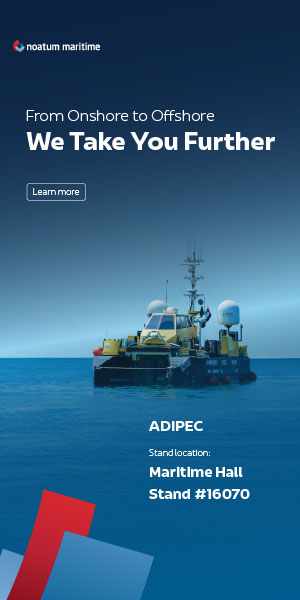Middle East energy leaders are reflecting strong ambitions toward autonomous operations if energy tech company, Schneider Electric's new report is to be believed
The company's survey has found that nearly 80% of energy executives from the region display advanced operational readiness. According to Schneider Electric’s Autonomous Maturity research many organisations are claiming to operate at Level 4 of the ARC Autonomous Operations Maturity Model. This implies selective autonomy, systems functioning independently in specific scenarios with limited human intervention -- a sharp contrast when compared to the global energy sector.
This major shift towards autonomy adoption is largely being driven by cost efficiency. Safety and leadership prioritisation ranked lowest, indicating a shift toward business-led innovation rather than compliance-driven transformation.
“Autonomous operations are increasingly seen as a strategic enabler across industries, driving gains in efficiency, scalability, and resilience,” said Devan Pillay, President Heavy Industries at Schneider Electric. “In the energy sector, where safety, reliability, and sustainability are critical, autonomous systems can monitor and respond in real time, reduce manual intervention in hazardous environments, and support smarter, data-driven decision-making. Crucially, they also support both onshore and remote operations, reducing offsite travel and improving work-life balance.”
Independent Energy Market Analyst, Gaurav Sharma, who provided insights to the research, said, “As global energy systems evolve, autonomy is key to optimizing resources, minimizing downtime, and advancing environmental goals. Schneider Electric's research reinforces that organizations and regions embracing higher autonomy levels are better positioned to innovate, cut costs, and stay competitive. Crucially, the report signals a strategic shift: autonomous solutions that boost efficiency and reduce emissions are now a priority for one of the world's most prominent energy hubs.”
“The convergence of electrification, automation, and digitalisation is accelerating the shift toward autonomous operations across the Middle East and Africa,” said Walid Sheta, Middle East & Africa President at Schneider Electric. “With electricity demand projected to rise by 50% and cooling alone driving over 500 TWh by 2035, according to the IEA, autonomous technologies are no longer optional - they’re essential. From AI-powered data centers to digital twins and self-healing grids, these intelligent systems are enabling safer, more resilient, and cost-efficient operations across the region’s energy infrastructure.”













